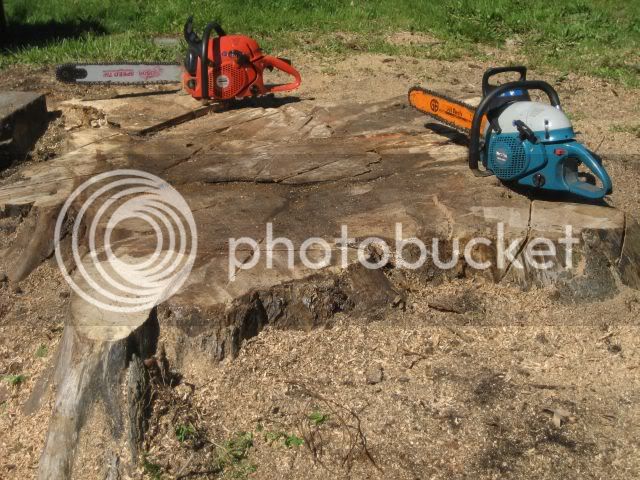1953greg
ArboristSite Guru
"So I guess my question is what is the benifit of running a smaller Bar, is there a formular to figure out the diffrence in chain speeds for diffrent length bars, some people on the thread even said that if I was going to get a second bar get a 24 or 26 inch bar(I am not sure the saw would run a 24 or 26 inch bar) husky does say it will run a 24inch bar (some place other they say 20 inch)
I am cutting 10 cords a year of firewood ad some small clearing (for a garage)on 40 acres of land. I am just confused please help"
judge,
as you can see/read, the bar length is a very personal choice. depends on circumstances, not the least of which is a personal statue.
simply put, if the 18" will serve your needs then there is no use to have the extra 2". if 20" is needed then it is needed.
almost all the loggers around here use 24" bars and 95% of the time that is enough. but thats for cutting logs (mostly 20-30" bhd) off of stumps w/ 8-14" buttress. firewood is another ballgame.
use the shortest that will get the job done and you will be ahead at the end of the day.
I am cutting 10 cords a year of firewood ad some small clearing (for a garage)on 40 acres of land. I am just confused please help"
judge,
as you can see/read, the bar length is a very personal choice. depends on circumstances, not the least of which is a personal statue.
simply put, if the 18" will serve your needs then there is no use to have the extra 2". if 20" is needed then it is needed.
almost all the loggers around here use 24" bars and 95% of the time that is enough. but thats for cutting logs (mostly 20-30" bhd) off of stumps w/ 8-14" buttress. firewood is another ballgame.
use the shortest that will get the job done and you will be ahead at the end of the day.
Last edited:
























































